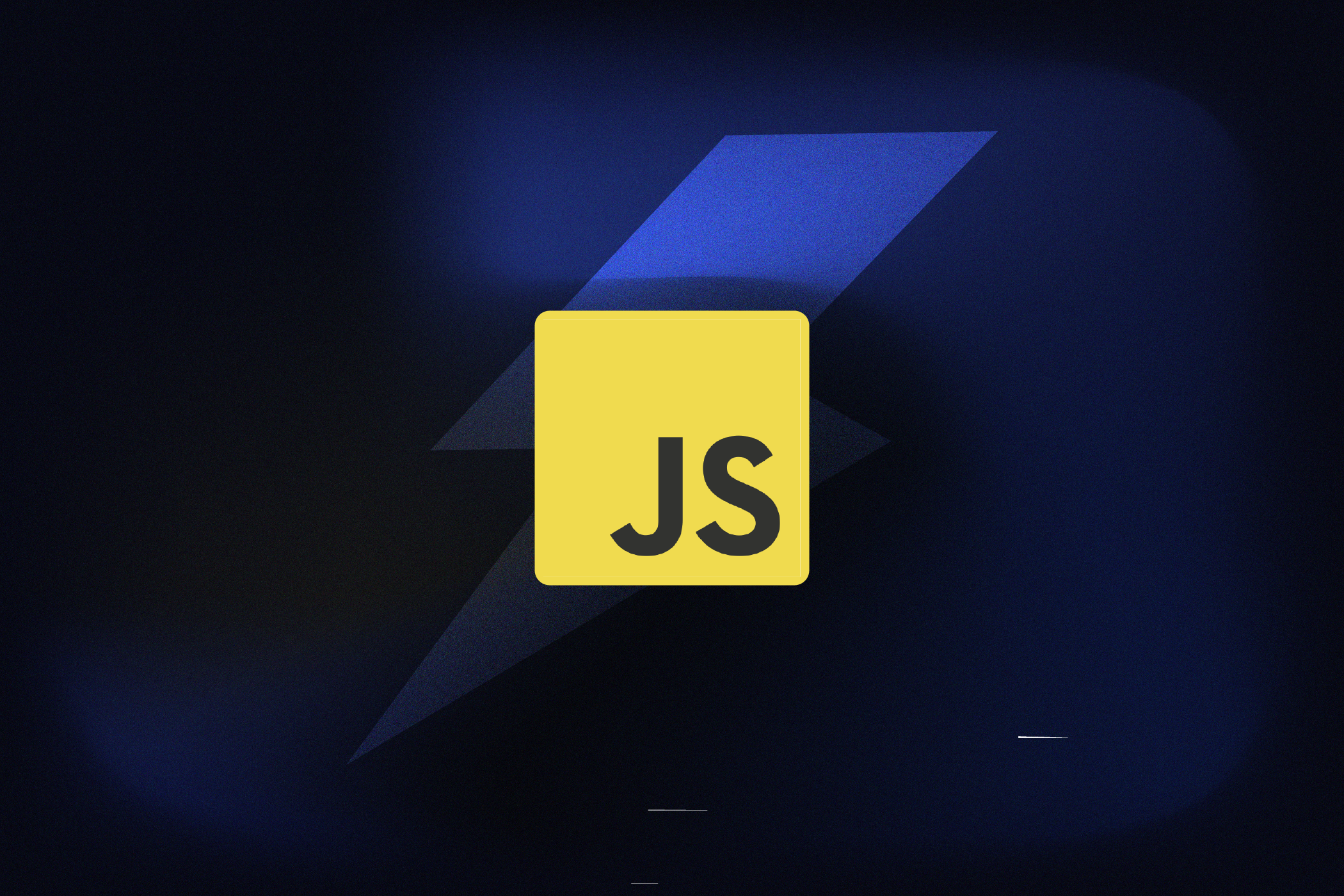
How JavaScript Powers Blinker’s Web3 Applications in 2025
When you think of futuristic tech—blockchain networks, decentralized finance, multi-device access—it’s easy to imagine a stack of hyper-specialized, complex tools. But at Blinker, the glue that holds everything together is something surprisingly familiar: JavaScript.
As one of the world’s most widely used programming languages, JavaScript is at the heart of our web development approach in 2025. Whether we’re building a blockchain wallet for a smart feature phone or launching a cross-chain staking dashboard, JavaScript is what makes it possible.
In this blog, we’ll walk you through how Blinker uses JavaScript to power its products, how Web3 has evolved through our eyes, and why our favorite tools—like TypeScript, Web3.js, Ethers.js, and WalletConnect—make development smarter, faster, and more inclusive.
JavaScript at Blinker: More Than a Language
For us at Blinker, JavaScript is more than just code—it’s the foundation of how we build. It allows us to write everything from front-end interfaces to back-end logic and blockchain interactions without constantly switching languages.
Why JavaScript?
Because it’s :
- Fast to build with, simple to pick up, and powerful enough to handle everything from user interfaces to blockchain interactions
- Easy to learn and collaborate on
- Supported across all modern platforms
- Ideal for full-stack development
- Future-ready for Web3 and blockchain tech
From the earliest MVPs to enterprise-scale products, JavaScript has helped us develop full experiences rapidly—without compromising on performance or security.
The Evolution of Web3 (Through Blinker's Lens)
We’ve been building in Web3 since before it was cool—and we’ve seen it grow from early experiments in decentralization to a robust, multi-chain environment that supports real-world applications.
Here’s what’s changed:
Better Dev Tools:
Earlier, building on Ethereum or other EVM chains meant battling flaky APIs and clunky testnets. Today, we use refined libraries like Ethers.js, Web3.js, and Moralis, which make it easier to write, read, and test smart contract logic.
More Secure Wallet Connections:
Thanks to tools like Web3Auth and WalletConnect, users can now access dApps even on restricted devices—without compromising security.
Real Use Cases:
From cross-border payments to on-chain credentials, Web3 apps today solve real user problems. And with JavaScript development, we can meet users where they are—on web apps, mobile phones, or even KaiOS feature phones.
Why Blinker Chooses This Tech Stack
JavaScript is at the core of how we build products—from basic dashboards to cross-chain Web3 apps. But it’s not just JavaScript alone.
Here’s the tech stack that powers most of our Web3 applications:
Frontend (User Interface)
- React / Next.js – Fast, SEO-friendly frameworks to create dynamic, high-performance web apps
- React Native – To ship Android/iOS apps with a single codebase
- Tailwind CSS – Utility-first design for rapid styling
- ShadCN – Clean, composable UI components with minimal overhead
Backend (Server-Side)
- Node.js + Express.js – Scalable backend framework for managing logic, routing, and data
- TypeScript – Type-safe JavaScript that reduces bugs and improves dev collaboration
- Puppeteer – For generating server-side documents like PDF outputs
Web3 Libraries
- Ethers.js – For interacting with Ethereum and other EVM-compatible chains
- Web3.js – Broad compatibility across older smart contracts
- TronWeb – Interfacing with the Tron blockchain
- TON SDK – Building on the Tonchain ecosystem
- BitcoinJS – For integrating Bitcoin into multi-chain apps
Wallet Connectivity Made Simple
One of our biggest challenges was creating Web3 apps that work everywhere, including on low-powered or unconventional devices.
So we leaned into smart JavaScript libraries like:
- Web3Modal – Helps users select and connect wallets like MetaMask or Coinbase easily
- Web3Auth – Enables social login + blockchain wallet, ideal for mobile-first or first-time users
- WalletConnect – Lets users scan QR codes to securely connect wallets across devices
- Ledger Integration – For hardware wallet users who demand extra security
With JavaScript as the backbone, we can dynamically inject RPC endpoints, manage transaction states, and offer real-time sync using Socket.io—even on feature phones.
Tools We Use at Blinker (And Why)
Sentry
Role: Observability and bug tracking
Benefit: Delivers real-time alerts on performance issues and anomalies in AI workflows, ensuring system reliability.
Push Notifications
Role: User Engagement & Re-engagement
Benefit: Sends real-time alerts and updates to users across web and mobile platforms, increasing retention and prompting timely user actions—even when the app is closed.
Amplitude
Role: Product & User Behavior Analytics
Benefit: Tracks user journeys, measures feature adoption, and reveals drop-off points—empowering product teams to make data-driven decisions.
Metabase
Role: Business Intelligence & Data Exploration
Benefit: Enables non-technical users to create dashboards and query data visually—making KPIs and growth metrics accessible to the entire team.
Real-World Web3, JavaScript-Powered
Whether it’s a wallet app for farmers in rural areas or a blockchain-based credential verifier for universities, JavaScript helps us build fast, inclusive, and accessible Web3 applications.
Some examples of what we’ve built using JavaScript:
- Smart contract dashboards with token management
- Real-time NFT minting tools
- KYC-integrated Web3 login flows
- Low-data blockchain wallets on KaiOS
We’re not just creating Web3 tools for tech insiders. We’re building for everyone.
Why JavaScript Is Still the Best Choice (Even in 2025)
- It works everywhere – Desktop, mobile, feature phones, even TVs
- It’s lightning-fast to build with – More time shipping, less time debugging
- It’s open and community-driven – Thousands of tools, millions of developers
- It scales – From MVPs to global platforms
- It evolves with the ecosystem – JavaScript plays nicely with every major blockchain network
Final Thoughts: The Magic Wand That Still Works
At Blinker, we often joke that JavaScript is our magic wand. Need a blockchain-integrated mobile wallet? JS. Need a staking dashboard with cross-chain updates? JS. Need to ship it fast? Definitely JS.
In 2025 and beyond, JavaScript remains our go-to for building Web3 tech that works—for real people, on real devices, solving real problems.
Because when tech is this powerful, it should feel simple.